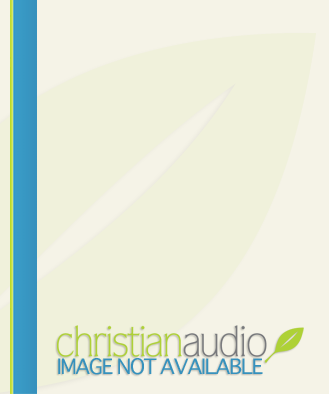12 Reasons Why Evolution Cannot Explain the Origin of Life on Earth
By: Dr. John F. Ashton
Narrated by: John McLain
Length: 6 hrs and 55 mins
Release date: 03-14-17
Publisher: Blackstone Audio, Inc.
Genre: Apologetics, Nonfiction, Spirituality
My Rating: 3.75 of 5.0 Overall; Story 3.75; Narration 4.0
Publisher's Summary
One of the most compelling and authoritative rebuttals of evolution today, Evolution Impossible shows listeners how fossils are evidence of extinction, not evolution; why mutations never produce new genetic information; how the lack of transitional fossils undermines secular timelines; and why living cells and new classes of organisms don't form by chance.
Using recent discoveries in genetics, biochemistry, geology, radiometric dating, and other scientific disciplines, Dr. Ashton explains chapter by chapter in straightforward language 12 compelling reasons why Darwin's theory of evolution is just a myth.
Taking the evidence refuting evolution to a new level with a wide-ranging analysis, this is a must-listen book for all students, Christian educators, scientists, and anyone eager to defend a biblical worldview.
©2017 Dr. John F. Ashton (P)2017 Blackstone Audio, Inc.
Review:
The author presents one theory after another that purports to support evolution. He then proceeds to debunk the evolutionary arguments, explaining why it has no factual proof or how the supposed scientific support falls short. There is no transition evidence, no mutation evidence, and no fossil evidence that supports the theory of evolution. There also are proven errors in age dating.
I have read numerous works favoring creation or debunking evolution and even taught on creation at church many years ago (in the 1980s). Clearly, I already believe these arguments against evolution, but I do like to read current works since there is always new material, including archeological findings that support the Bible, and studies that support the theory of a young earth.
I enjoyed the author’s topics but found the work to be dry, like a school treatise. This lessened my enjoyment, and I was disappointed since the cover made it look like it would be more engaging. One of the later chapters shares scholarly scientists who support the theory of creation rather than the theory of evolution. This is a lot of listing references. I noted there are many reviews that reject the arguments, but they are not open-minded. I do recommend this be read with an open mind.
Audio Notes: John McLain does a good job on the narration. He provides a clear performance with energy which tries to add to the dry nature of the material. After thinking more about this, I think I am glad I listened to this.














![The Beginner's Guide to Raising Chickens: How to Raise a Happy Backyard Flock by [Kuo, Anne]](https://images-na.ssl-images-amazon.com/images/I/519r1ufSGyL.jpg)




